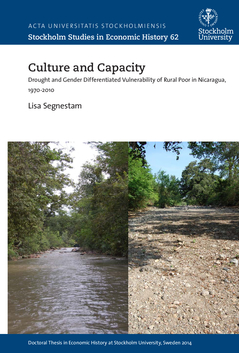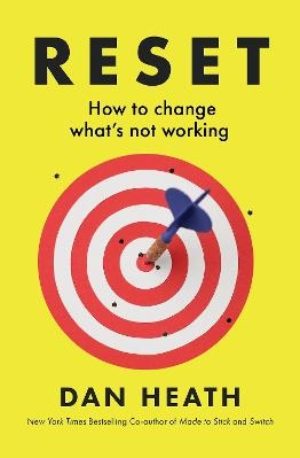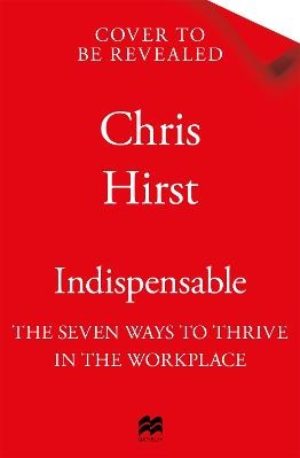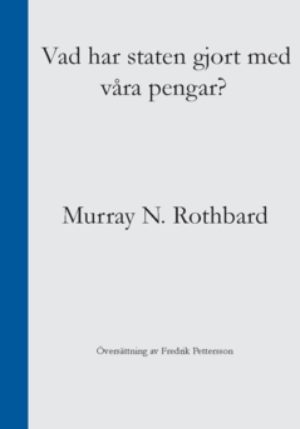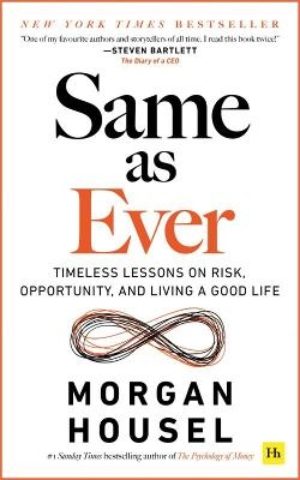This dissertation interprets gender-differentiated vulnerability
to drought within a rural community located in the dry zone,
la zona seca, of Nicaragua, a region that has been identified by
the government and NGO sector as suffering from prolonged
and, since the 1970s, more frequent droughts. A combination of
gender, capitals, and vulnerability demonstrates the value in using
a multidimensional perspective to look at the socioeconomic and
cultural contexts that form the capacity individuals have had to
reduce their long-term vulnerability to drought in Nicaragua. Due
to the place-based characteristics of gender as well as vulnerability
the analysis is mainly based on people’s stories about the history
of their lives. Based on these stories a local level picture is created
of the households’ situation over time, how their work strategies
and management of resources have varied, and how they perceived
changes in capacity and vulnerability in relation to continuity
and change in the climate. The issue of adaptive capacity, which
currently is less covered in research on gender and vulnerability
and recognized in the literature as in need of more attention, and
how it distinguishes itself from coping capacity in relation to
vulnerability, is placed at the center of analysis. In an additional
analysis of how Nicaragua’s hazard management policies look upon
the role and importance of interaction among societal levels and
actors in reducing hazard vulnerability I show how the discourse
has moved from emergency response to risk management with an
increased emphasis on capacity building. However, the recognition
to differentiated vulnerability is lacking which risks hampering a
successful vulnerability reduction.
Lisa Segnestam is a Research Fellow at the Stockholm
Environment Institute. She has pursued her postgraduate studies
at the Department of Economic History at Stockholm University,
Sweden. Culture and Capital is her doctoral dissertation.
